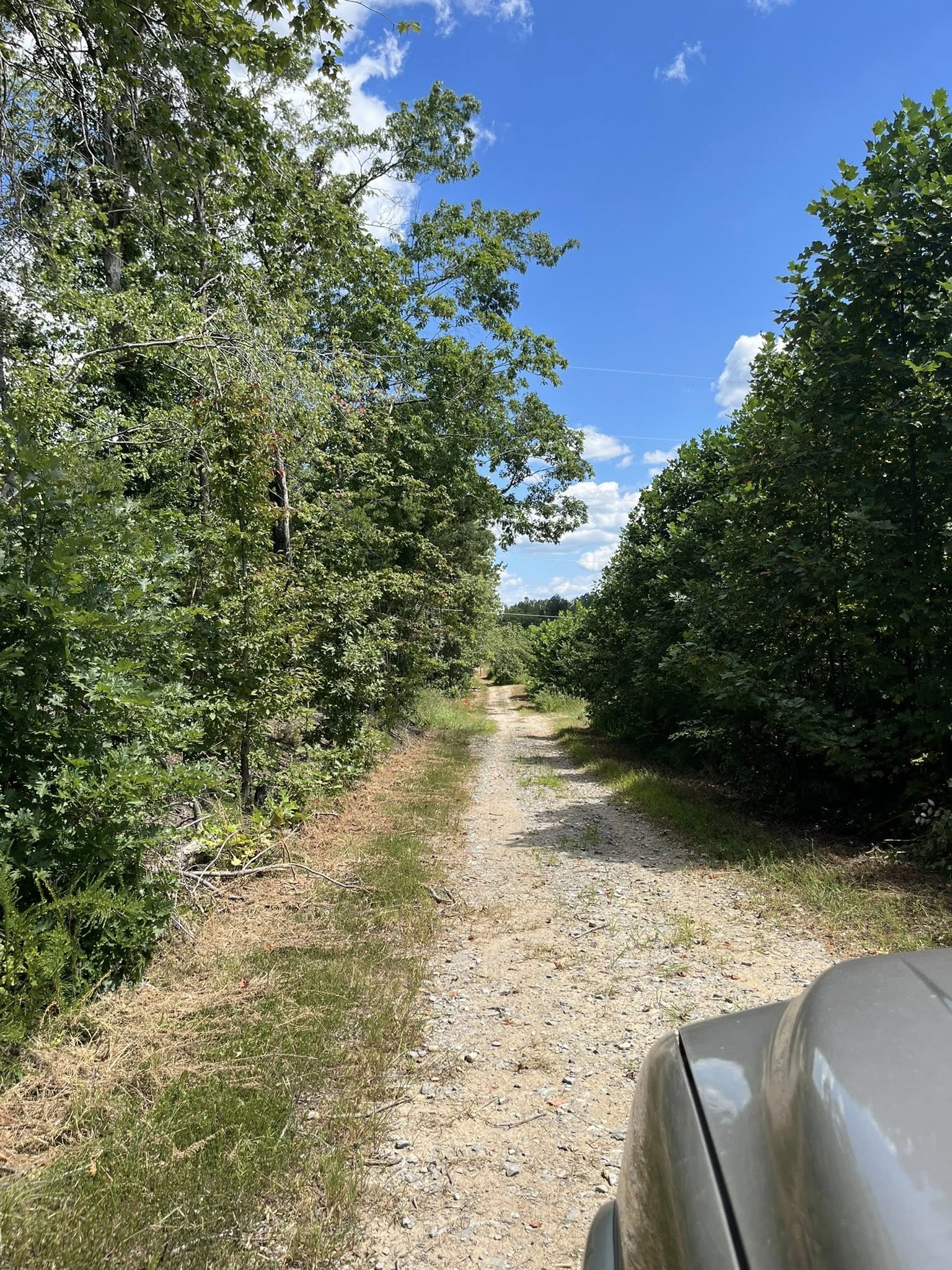
Land Restoration Techniques to Revitalize Your Property Oct 09, 2025
To begin, assessing the current state of your property is crucial. This involves evaluating soil quality, existing vegetation, and potential problem areas such as erosion or invasive species. Understanding these factors helps in creating a customized restoration plan that meets the unique needs of your land.
One fundamental technique in land restoration is soil amendment. Healthy soil is the foundation of a thriving landscape. If your soil is compacted or lacking in nutrients, it may be necessary to introduce organic matter. Compost, manure, and green manures are excellent additions that can revitalize the soil, improve its structure, and increase its nutrient content. Regular soil testing will guide you in selecting the right amendments to bring the soil back to life.
Controlling invasive species is another critical aspect of land restoration. Non-native plants can overtake native flora, disrupting local ecosystems. It’s important to identify these species early and manage them effectively. Techniques such as mechanical removal, herbicide application, and introducing natural predators are all part of an integrated approach to control invasives and encourage the growth of native plants.
Reforestation plays a significant role in land restoration, primarily if your property is sparsely wooded or contains non-native trees. Planting native tree species not only enhances biodiversity but also provides habitats for wildlife and reduces soil erosion. Native vegetation is often more resilient and adapted to local climate conditions, making it a sustainable choice for long-term restoration.
Consider incorporating wetland restoration into your strategy if your property includes water bodies. Wetlands are vital for maintaining biodiversity, improving water quality, and providing flood protection. Techniques might include planting native wetland vegetation, regrading land to restore natural hydrology, or removing blockages that impede water flow. Restoring wetlands can transform your land into a vibrant ecosystem teeming with life.
Erosion control is often a significant challenge in land restoration. Implementing practices such as installing silt fences, creating terraces, and planting cover crops can stabilize soil and prevent further degradation. Mulching can also be an effective way to protect soil from runoff and maintain moisture levels, promoting healthier plant growth.
Finally, monitoring and maintenance are key to successful land restoration. Regular check-ups on your property will help you track the progress of your restoration efforts and make necessary adjustments. Ongoing maintenance ensures that the hard work invested yields sustainable improvements over time.
At Southside Land Management, we believe that every property has the potential to flourish. Our land restoration services are designed to breathe new vitality into your land, supporting ecological health and enhancing property value. By employing a range of restoration strategies tailored to your needs, you can enjoy a revitalized landscape that is both beautiful and sustainable.
Revitalizing your property through thoughtful land restoration not only benefits you but contributes to broader environmental resilience. Connect with our team to explore how we can help turn your restoration vision into reality.
/filters:no_upscale()/filters:format(webp)/media/0d67db5b-f50f-4fd5-966b-bb5cd6ac3ecd.jpeg)
/filters:no_upscale()/filters:format(webp)/media/59a6df6e-1a2a-4086-a312-337dd84a88d8.jpeg)